How to Layer for Winter Like a Pro
What a year it’s been, but just because the season of snow is upon us, it doesn’t mean we can’t enjoy the outdoors. In fact, many of us are dusting off our skis, checking the glue on our skins, and taking our coveted puffy jackets out of the closet. We have amassed this mega-list of must-have winter gear to get you out the door.
From the correct layers for your winter activity to material science, we’ve got you covered (see what we did there).
Essential Layers for Winter
Before you head out into any winter environment it’s essential that you assess the safety of your activity and surroundings. Avalanche danger, weather, conditions, and all sorts of other important safety factors affect what you will wear outdoors.
First, you’ll want those must-have winter layers that will keep you cozy throughout your day. But you’ll also want that “oopsies” layer. The unexpected storm layer that ensures you stay safe. Here’s a basic look at what to bring along on a cold-weather outing.
- Non-cotton socks. Cotton will make you feel colder and stay wet longer.
- Smartwool trekking socks
- Darn Tough hiking socks
- Silk sock liners (recommended if you get cold feet or for extreme cold). Not required, but definitely a worthy upgrade!
- Non-cotton base layers. Look for synthetic or merino wool. Lightweight will work for most active sports, while medium to thermal weights are ideal if you’ll be stationary.
- Fleece layer. This is the main jacket you’ll wear while on the go. Make sure it’s durable and can easily be cleaned.
- We love products from Outdoor Research.
- Puffy layer. Puffies aren’t cheap, but they are total lifesavers. This is the layer you’ll wear while taking a break, belaying, or in the extreme cold.
- Rab makes our favorite puffies.
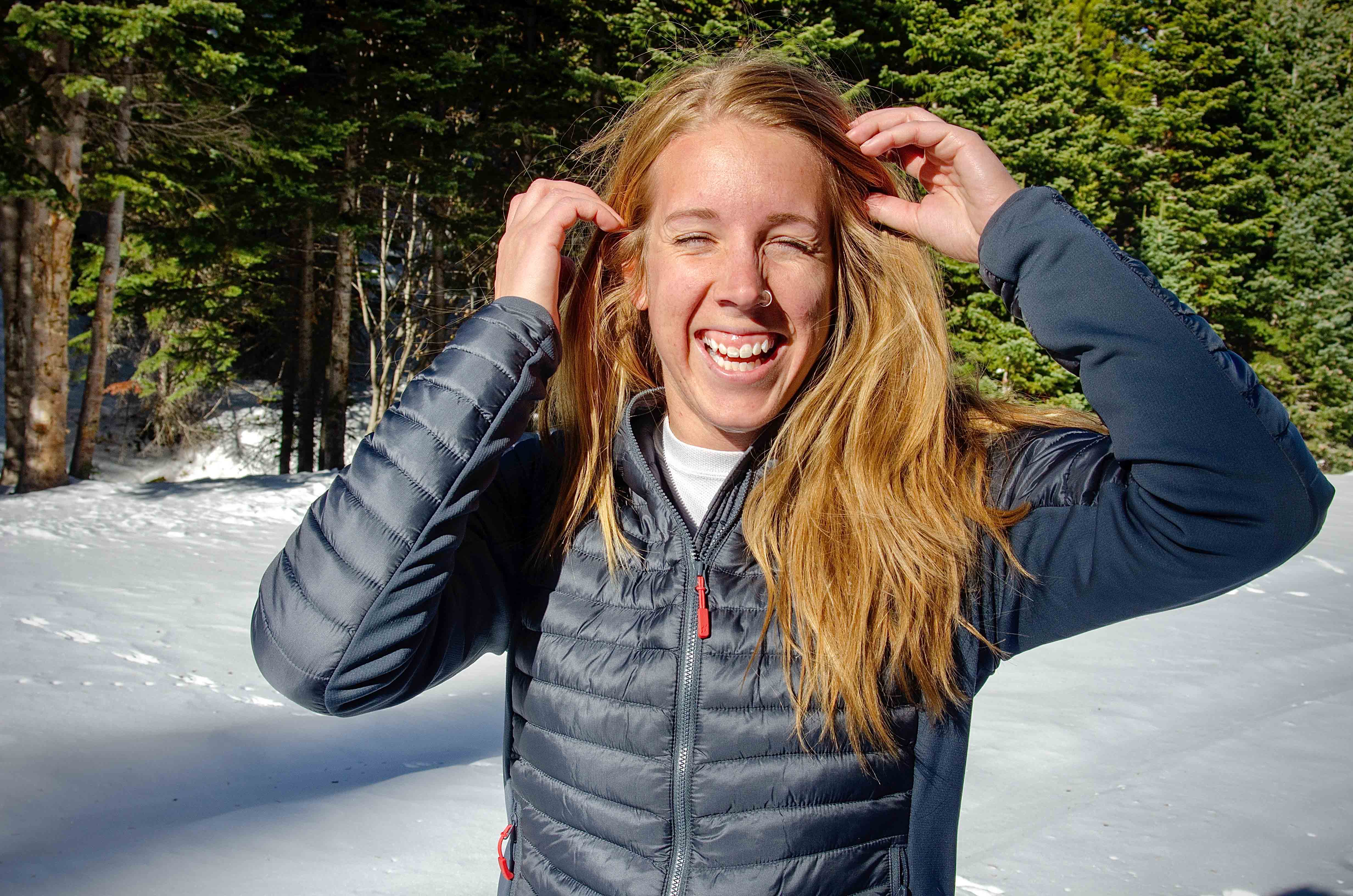
- Wind/snow layer. Waterproof and highly protective. This is the layer that comes in handy if the wind or precipitation isn’t going your way. This is also essential for stationary activities or mellow walks.
- Black Diamond has an array of specialized wind and waterproof layers.
- Waterproof, soft-shell, or hard-shell pants – this depends on your activity level and temperature. Select a pant layer that won’t leave you shivering or have you sweating all day.
- Outdoor Research has a stellar lineup of products.
- Glove liners. You’ll want a lightweight glove for on the move that can easily be used as liners for more heavy-duty gloves
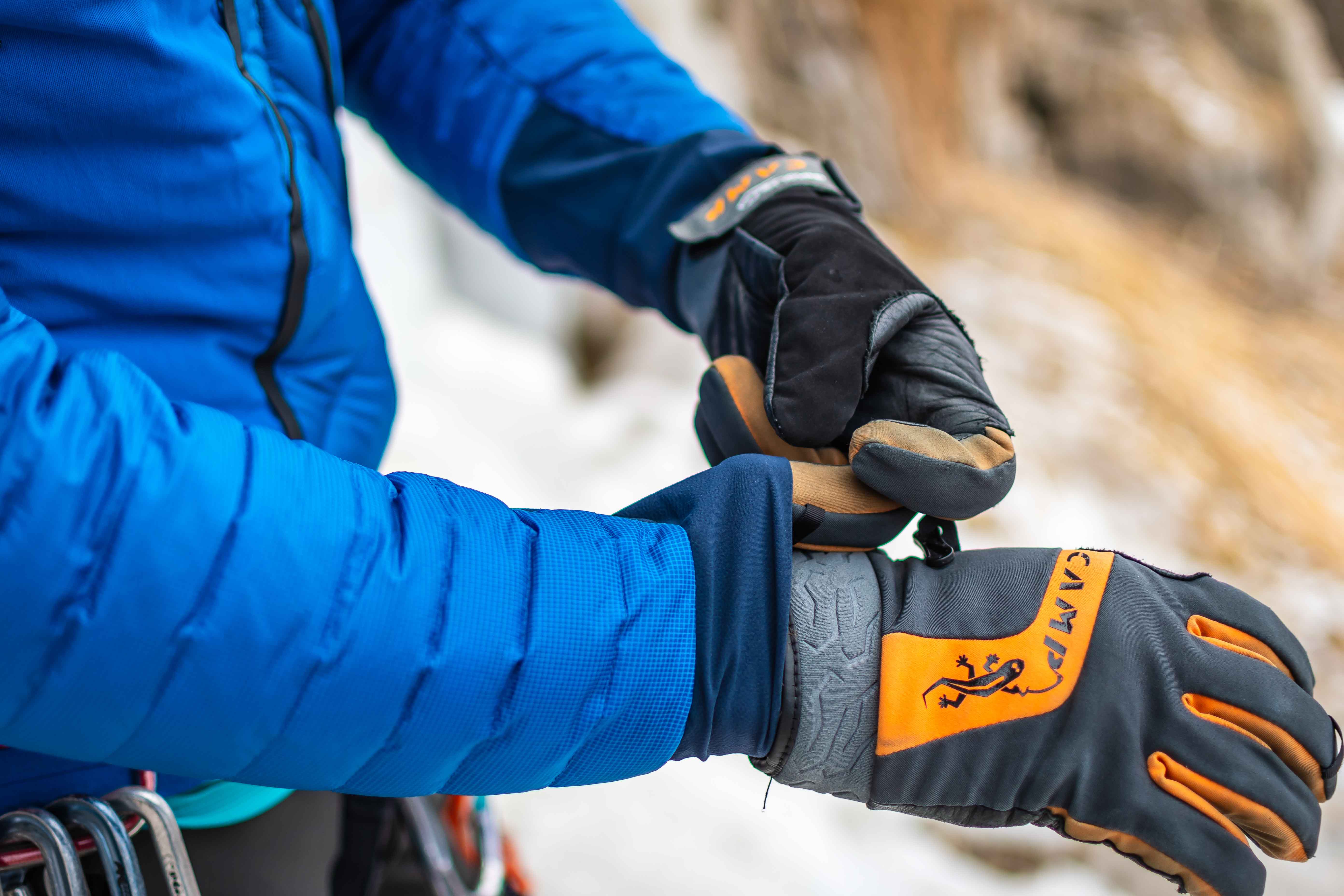
- Heavy-duty, waterproof gloves. These are your bread-and-butter gloves that will save you in an instant. Don’t skimp here, you’ll get what you pay for.
- Beanie or hat (non-cotton)
- Neck gaiter
- Hand/toe warmers (just in case)
- Foot gaiters. These protect your feet from snow sliding up your pants.
- Go for the knee-high Outdoor Research gaiters.
- Comfortable waterproof footwear. Boots work best. When it comes to footwear, always choose the boot that fits. It’s best to try these on and purchase directly from a brick-and-mortar retailer.
Synthetic vs Natural
So you may have noticed that the above list excludes any and all cotton. Why? Well, simply put, cotton is a poor insulator and a moisture-retaining material. This means when you sweat, cotton won’t dry out, leaving you susceptible to hypothermia.
So what do you use instead?
Today’s modern material tech offers up an array of synthetics that specifically work to keep you warm and wick away pesky sweat. Even in the cold, you’ll sweat if you’re working hard. Synthetics tend to be cheaper than their natural counterparts, and in some instances (such as a snow layer) they are necessary. However, their big knock is that they stink quickly and don’t last quite as long.
Natural insulating materials such as merino wool and down make excellent choices for higher-end layers. These materials are found in puffy jackets, socks, headwear, and baselayers. They tend to hold up over time and keep stink at bay but come with a higher price tag.
There is no right answer when it comes to choosing between synthetics and natural materials. Go with what best suits your wallet, comfort level, and activity.
Be Bold, Start Cold
The biggest piece of advice when it comes to layering properly is to follow the old saying “be bold, start cold.”
You’ll want your minimal layers on first – pants, gaiters, waterproof-footwear, all socks, and base layers. Maybe a beanie and a lightweight pair of gloves. Yes, you’ll feel the chill when you step out of your car. However, once you get moving, heat builds up quickly.
If you’ve got all of your layers on at once, you’ll sweat. This creates a moisture problem, which eventually leaves you feeling too cold once the sweat evaporates. No one wants to feel like an icicle all day. The less you sweat in winter, the better your layering system.
Of course, once you stop, layer up quickly. Give it a few minutes to let the small amount of sweat that’s built up to evaporate away. Then throw on that puffy layer or even your snow layer to keep out the cold (and wind). The result is a more comfortable day outside.
Bad weather can quickly throw a wrench in this concept. If the weather stinks, then wear clothing that keeps you dry. You shouldn’t be shivering while moving or on a break. Constantly remove and add clothing to create an environment for your body that’s cozy, but not hot.
Now you’re ready for winter with this guide to layering like a pro. Remember, regulate your body temp with different clothing. Mix and match throughout the day to create an outfit that works for your body’s unique way of dumping (and needing) heat. Sweat less and be more comfortable in the outdoors this winter.
When it came to wondering what makes a piece of winter gear essential, we had a lot of thoughts. In fact, it was almost too hard to narrow it down to just a few key pieces. So where did we turn? To our pros of course! We went to the experts on all things snow to give us their most-coveted pieces of winter gear. These are the top-notch items our pros use every winter. What did we miss from this list? Leave a comment below and let us know!
About the Gear Tester
Meg Atteberry is a full-time freelance writer and outdoor enthusiast. Her mission is to empower others to get outside and have an adventure. She loves a sunny crag and delicious trail snacks. When she’s not wordsmithing you can find her hiking, climbing, and mountaineering all over the world with her fiancé and adventure pup, Nina. To learn more about Meg, check out her blog Fox in the Forest. She’d rather be dirty than done up.

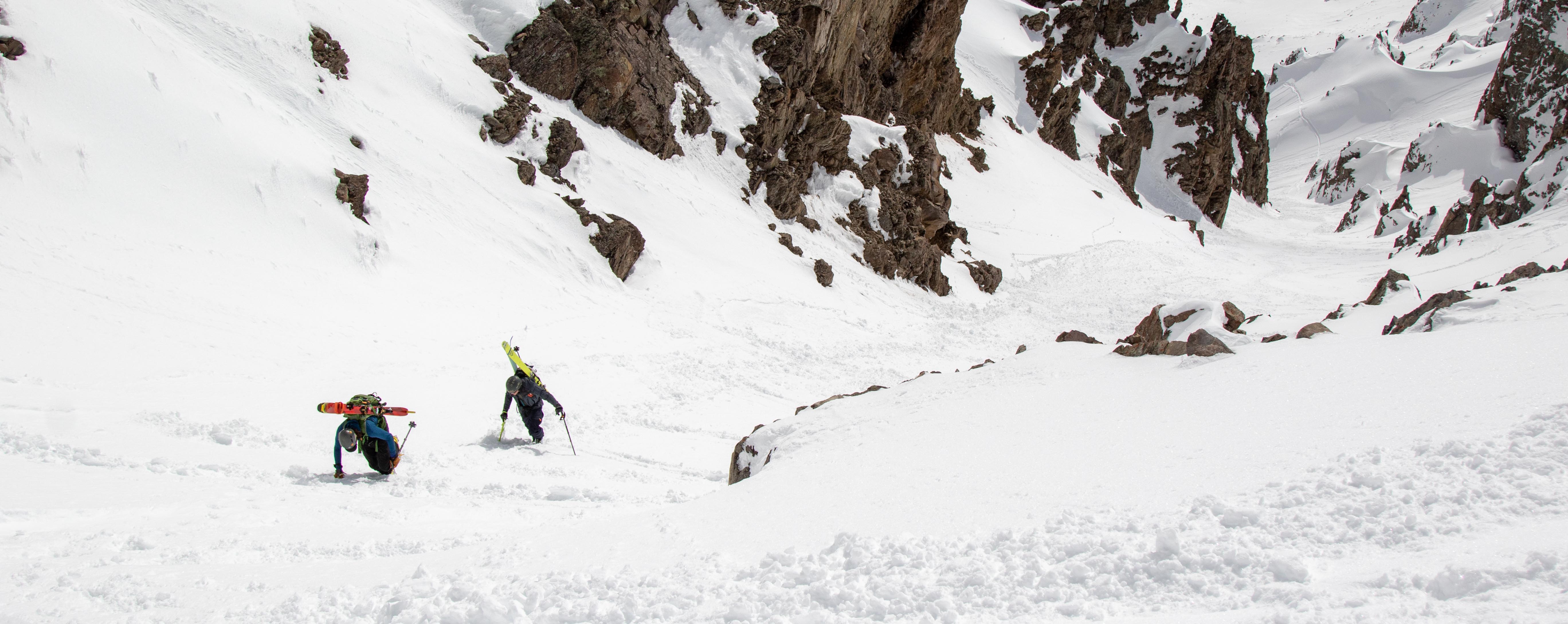
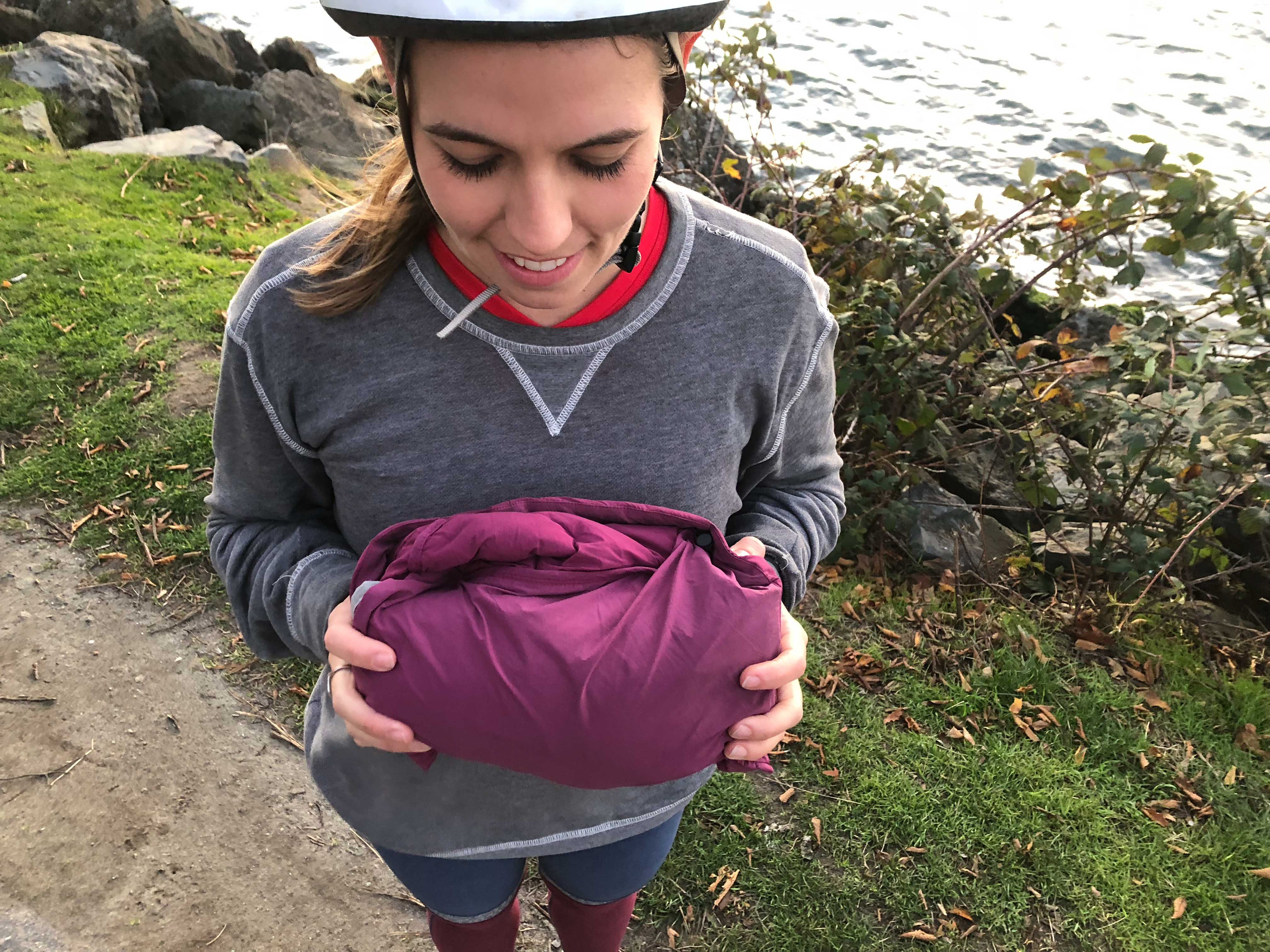
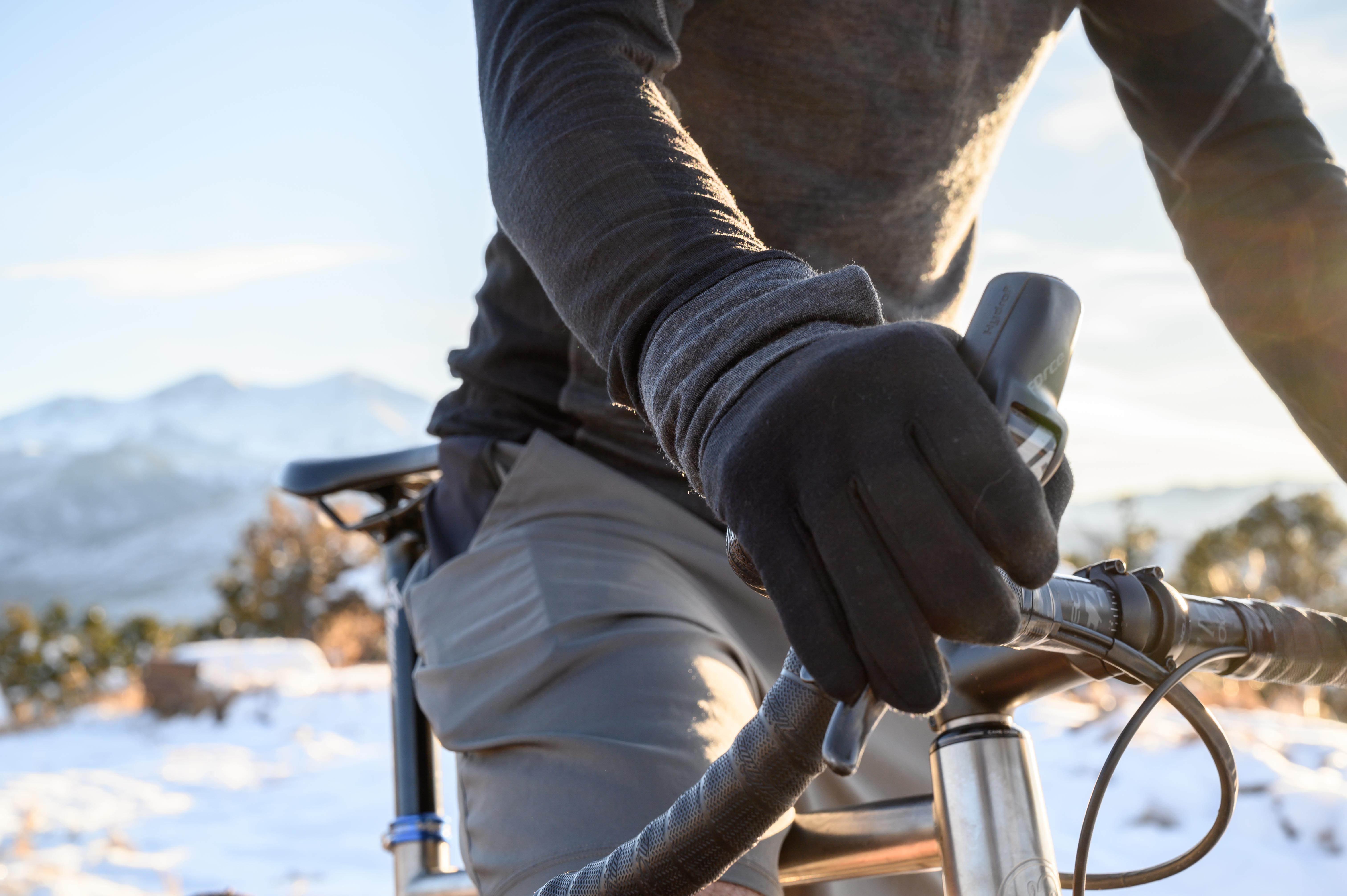
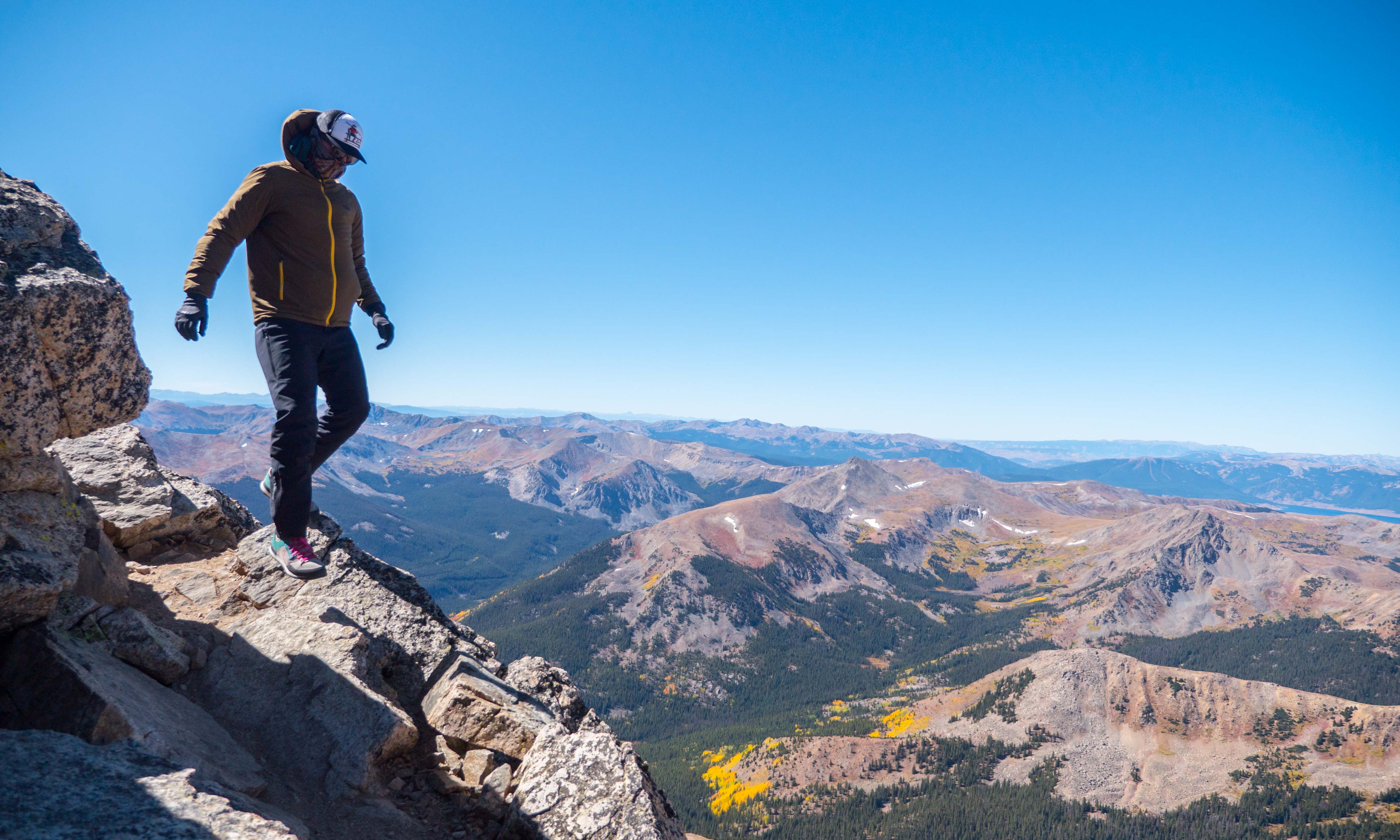
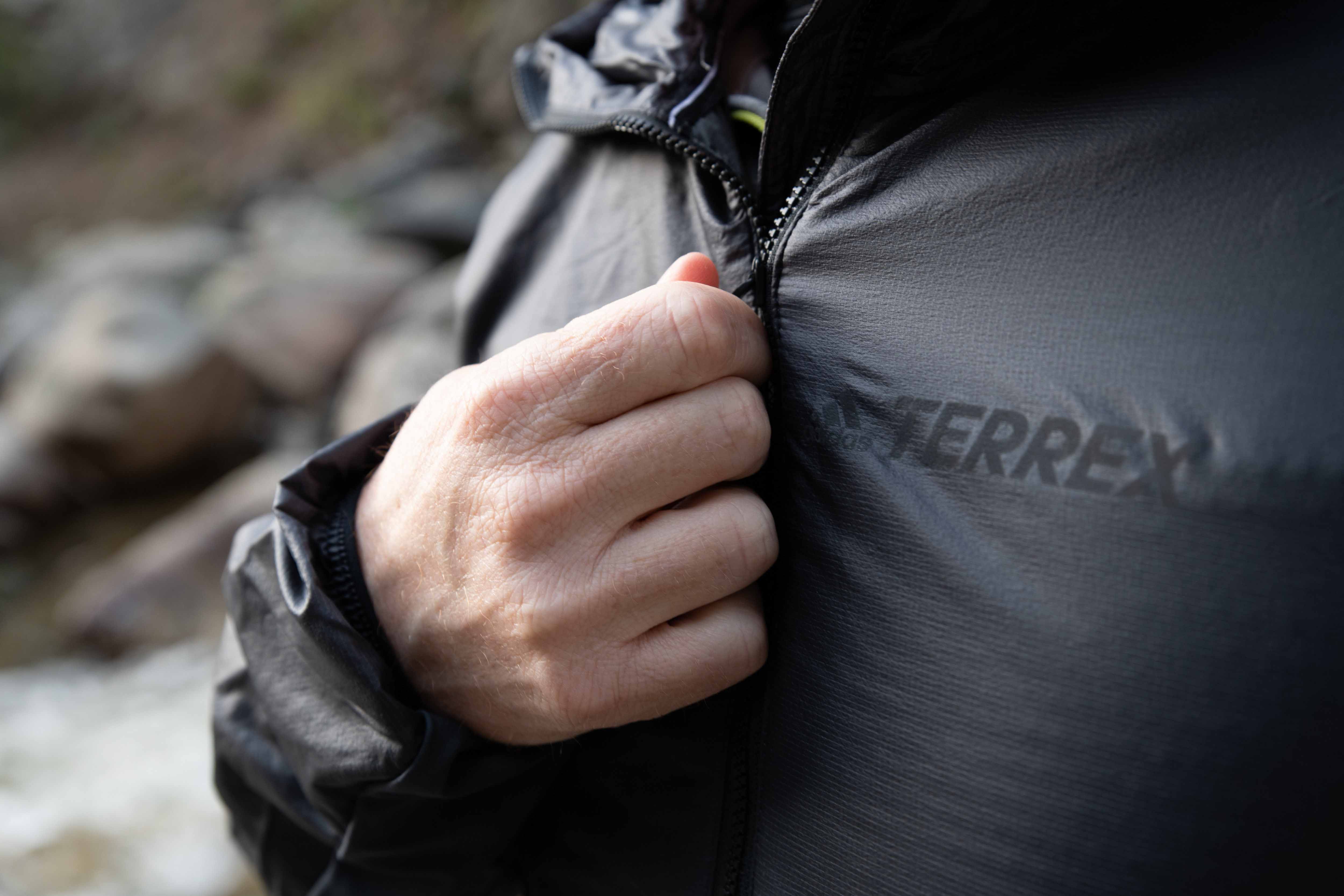
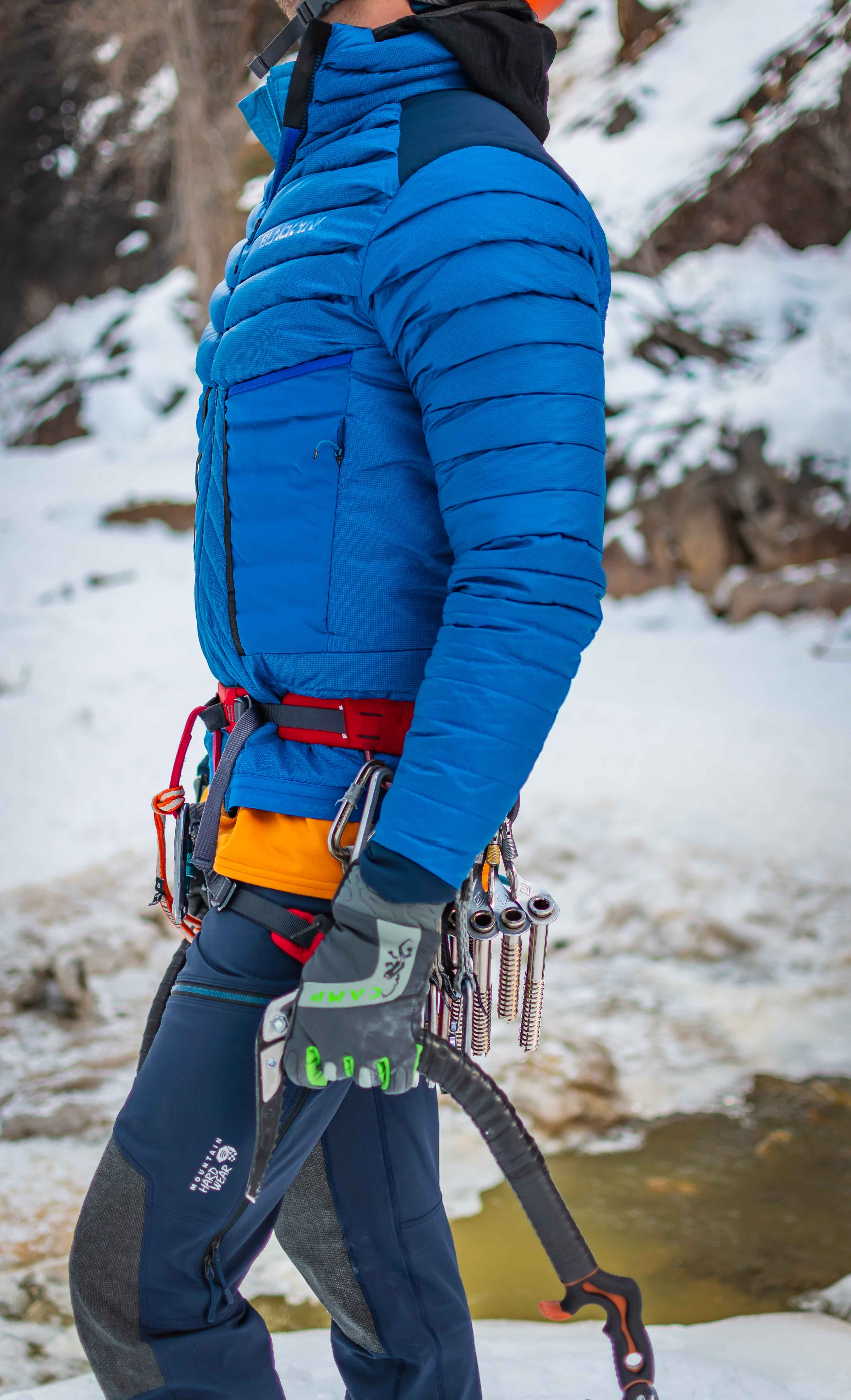
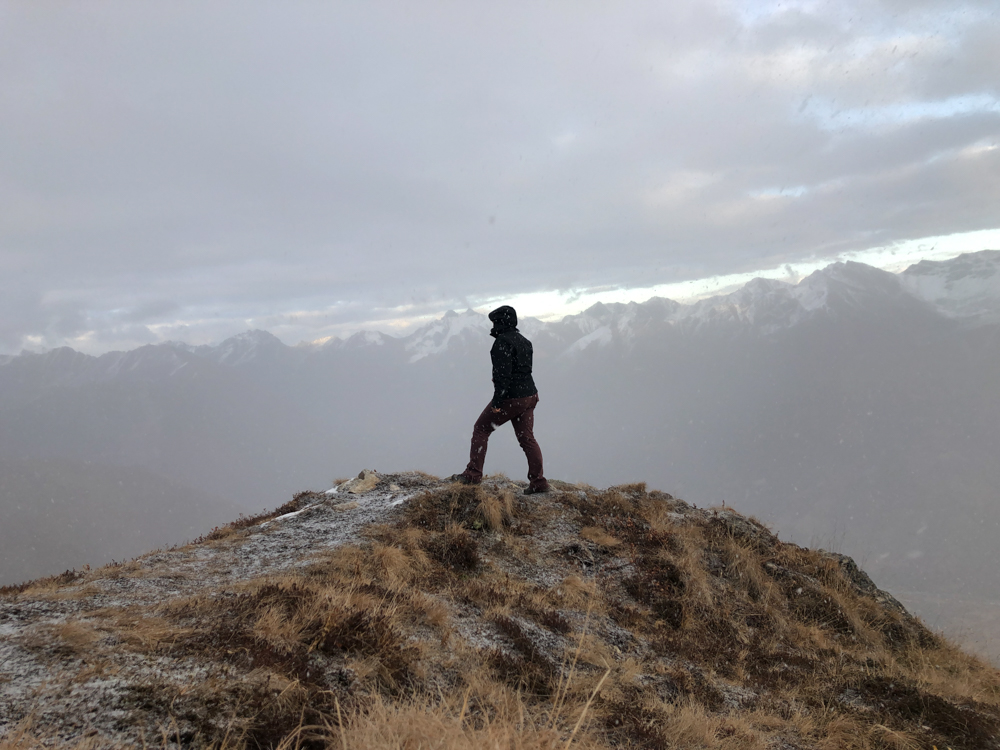

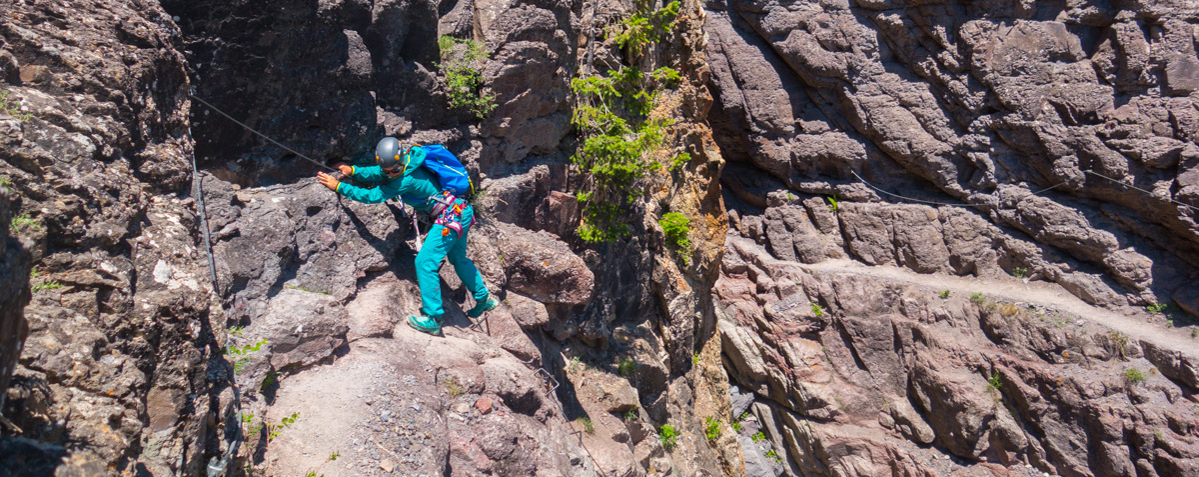
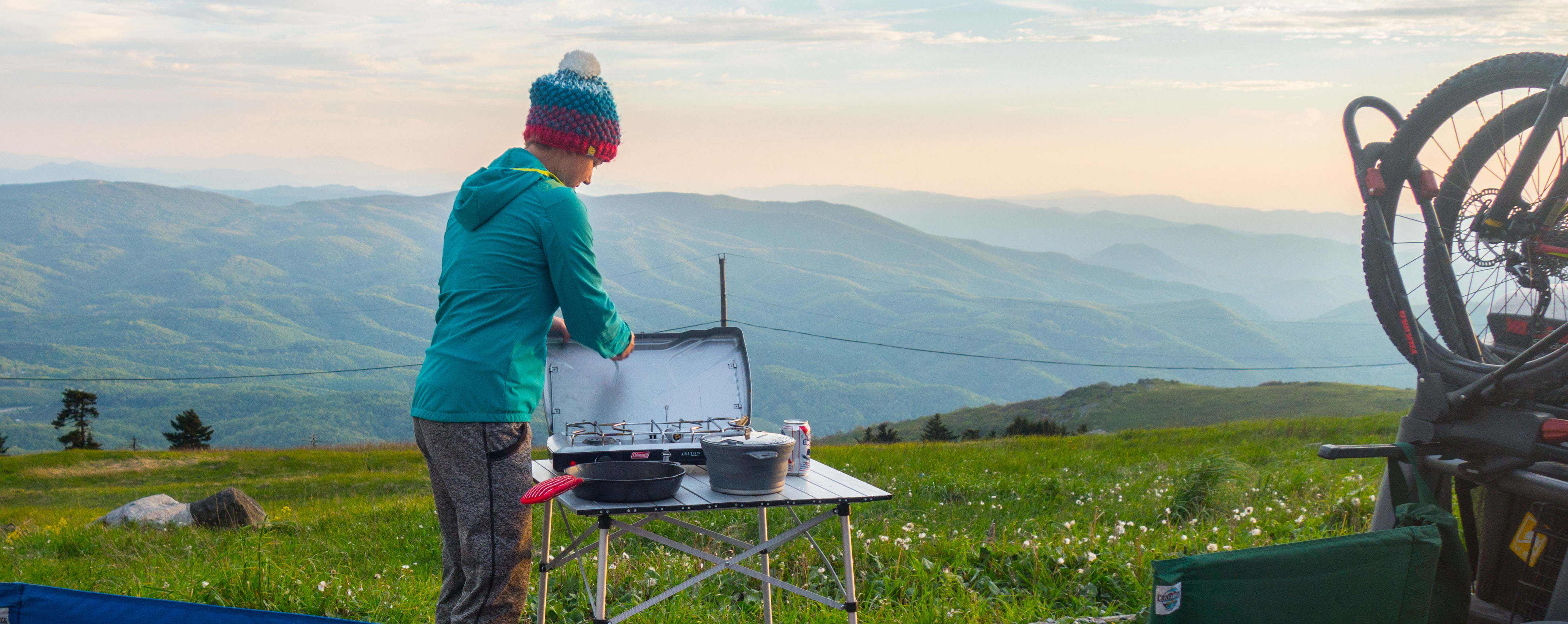
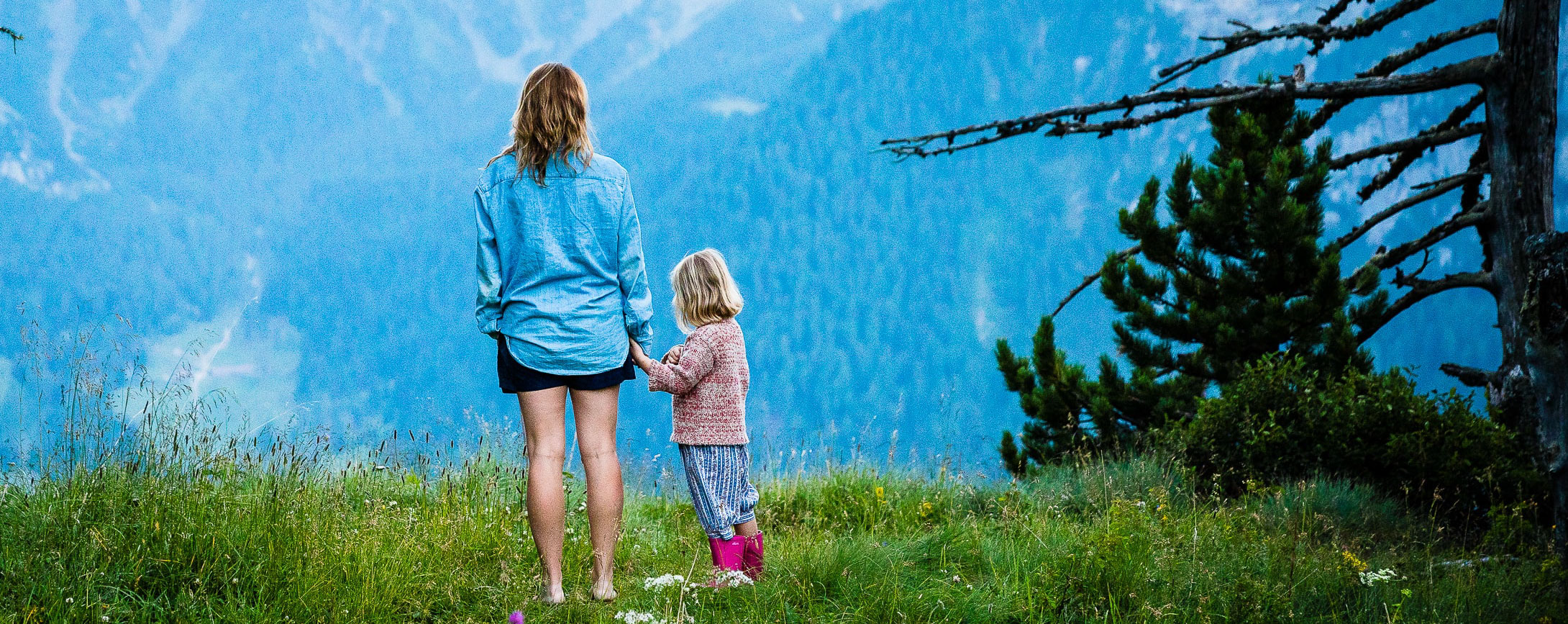
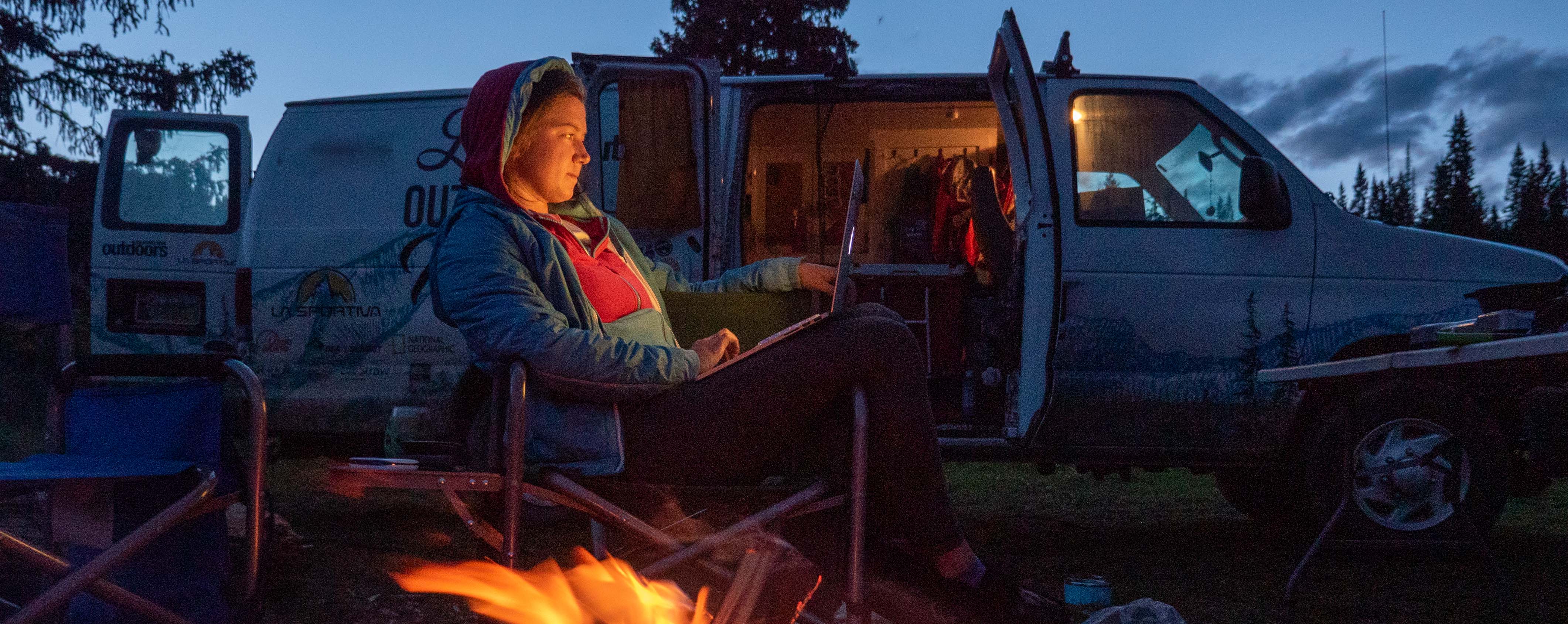
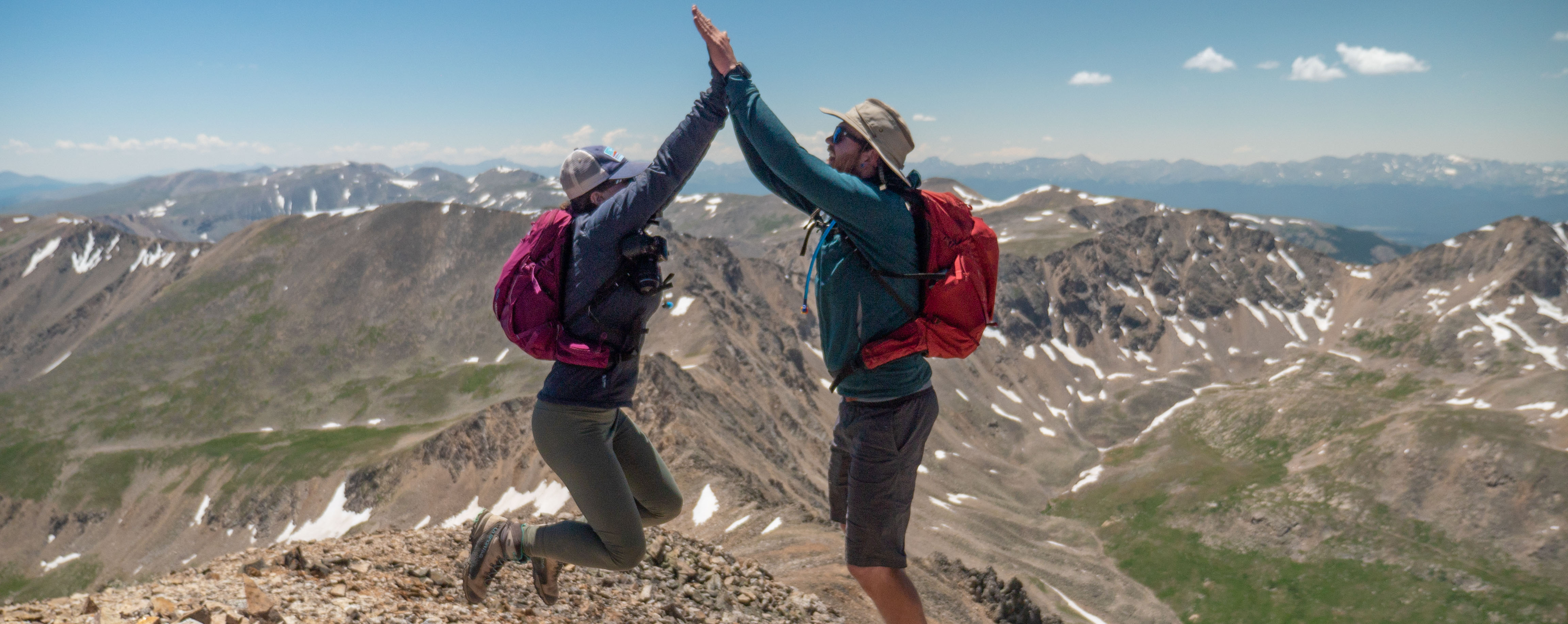
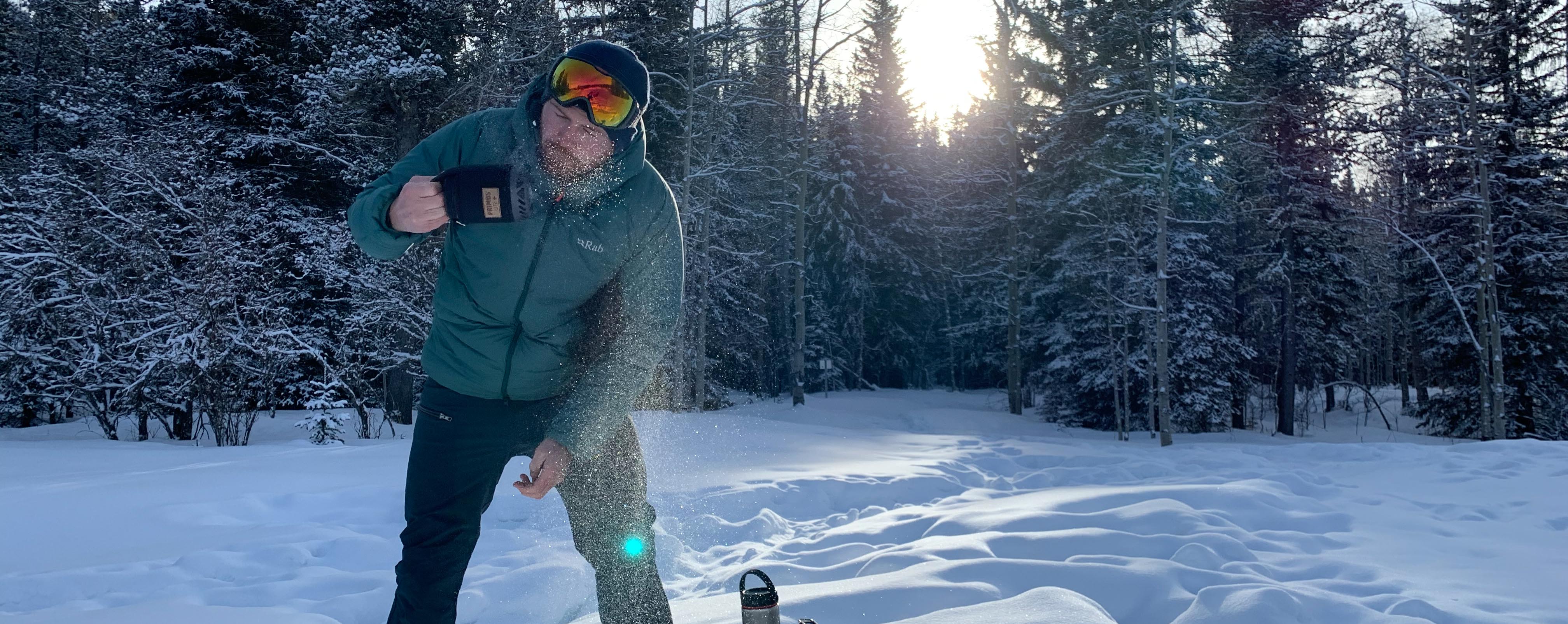
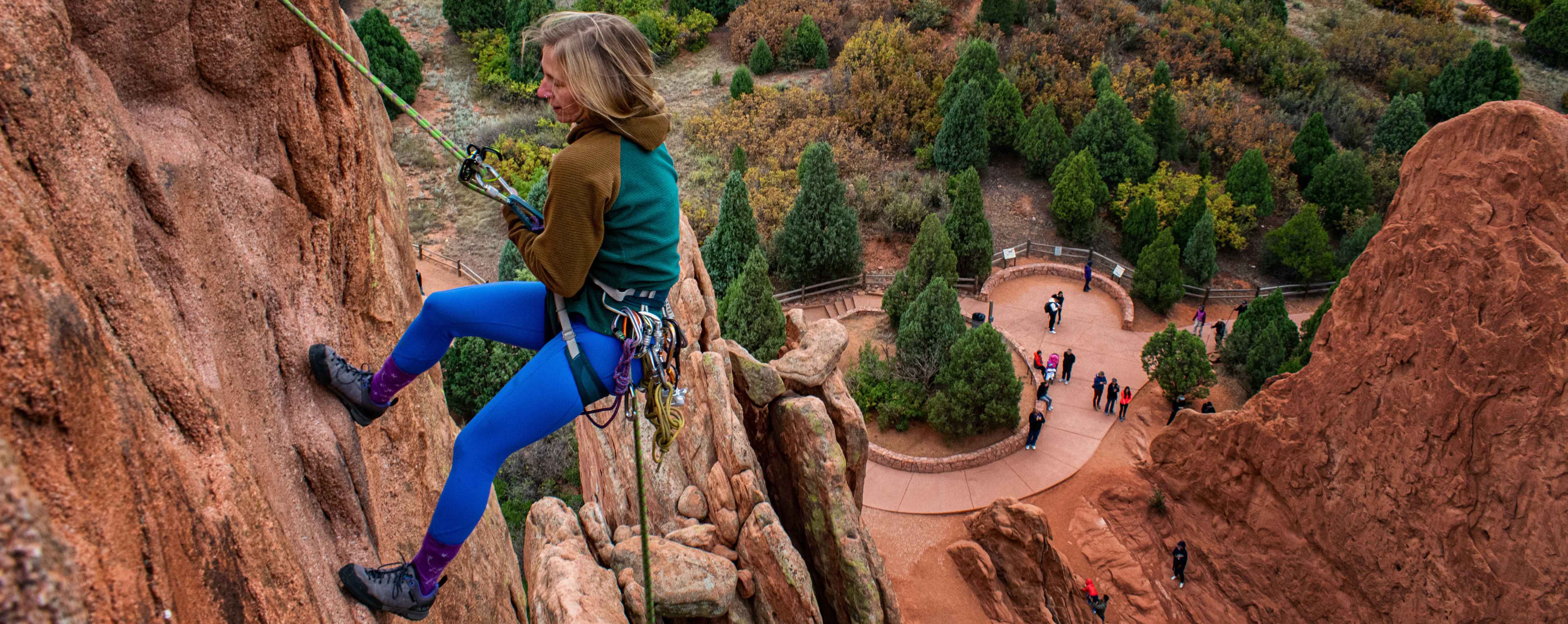
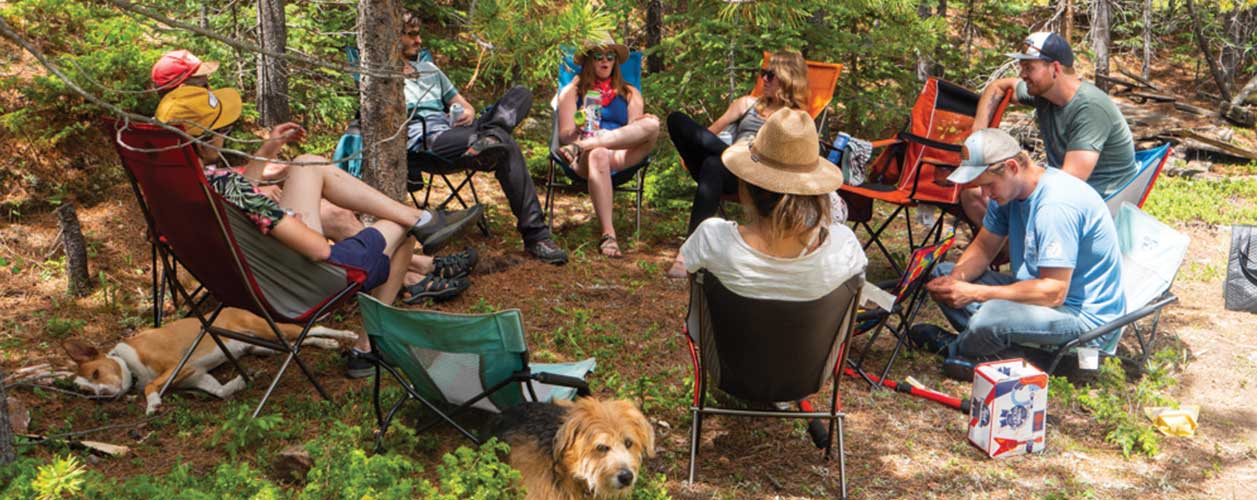

Amazing! I like your blog, it’s interesting. keep sharing
Thanks Manisha! Appreciate your comment!